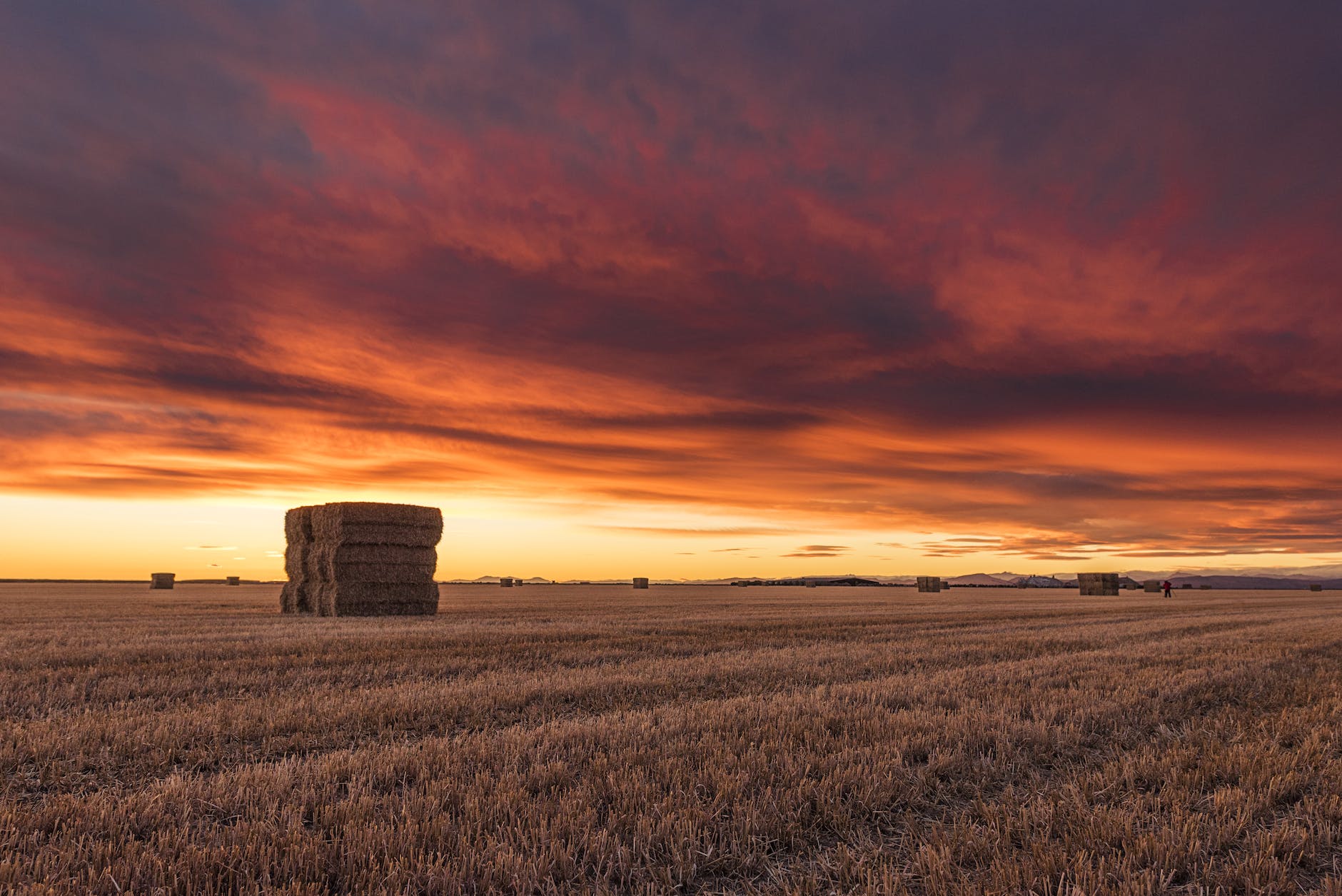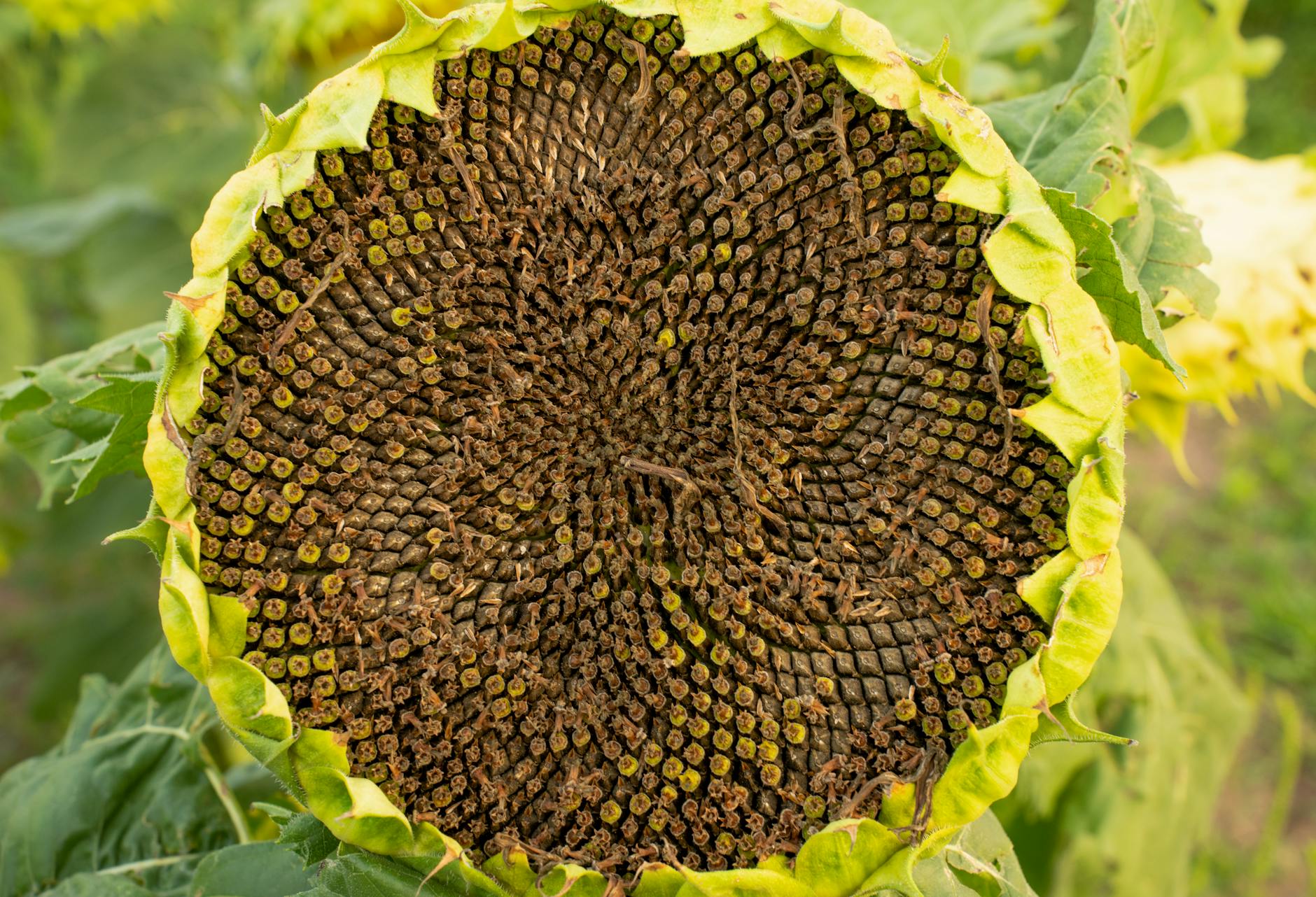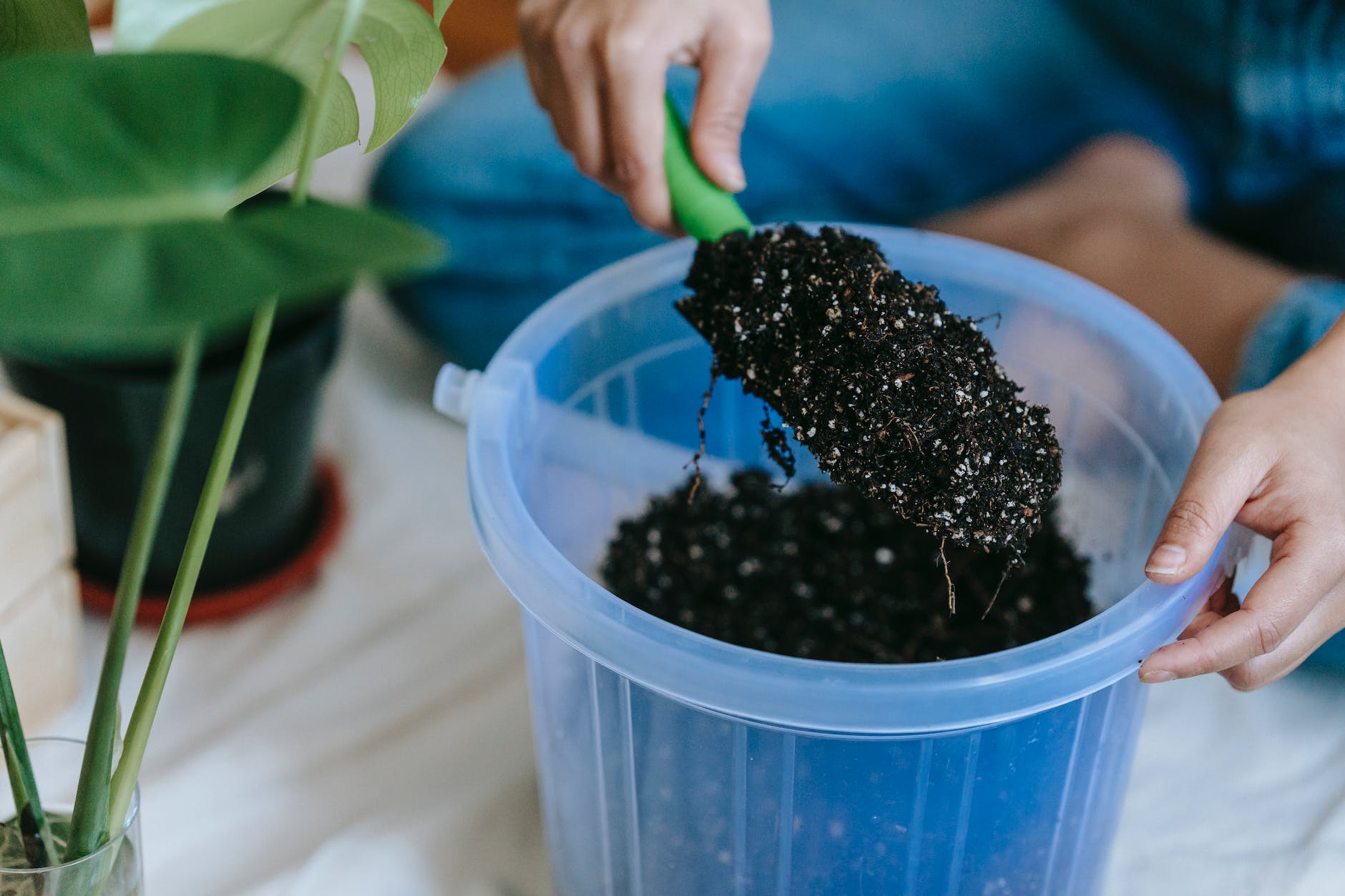With advancements in the cultivation techniques and the burgeoning interest in cannabis, across various states and countries, growing cannabis at your home has become more straightforward. This detailed guide will enlighten you about the intricacies of both indoor cultivation and outdoor cultivation, and provide comprehensive knowledge about soil selection, nutrients needed, lighting, watering, pruning, harvesting, drying, and curing cannabis plants.
**1. Indoor vs. Outdoor Cultivation**
The decision between indoor, and outdoor cultivation depends mostly on your climate, space, and personal preference. Indoor cultivation gives you control over every aspect of your plants’ environment, from soil and nutrients to lighting and temperature. Outdoor cultivation, while far cheaper, requires a suitable climate and is generally more prone to pest infiltration.
**2. Selecting the Optimal Soil**
Selecting the correct soil is vital to the health of your plants. Cannabis prefers a moderately acidic soil, with a pH value between 6.0 to 7.0. Organic, nutrient-rich soil also ensures robust, healthy plants.
**3. Nutrients**
Contrary to popular belief, cannabis plants don’t merely require ample water and sunlight. They have rigorous nutritional needs, demanding a constant supply of nitrogen, phosphorous, potassium, and other necessary nutrients. Over or under-nourishment can drastically affect your plant’s health, so getting the balance right is crucial.
**4. Lighting**
Lighting is an integral part of cannabis cultivation. Indoor cultivation relies on artificial lights, such as LED or high-intensity discharge lights. Outdoor cultivation harnesses sunlight, considered ideal due to its full spectrum.
**5. Watering**
A slightly acidic water with a pH of 6.0–7.0 is best for cannabis. Watering frequency will depend on your plant size, the pot size, temperature, and humidity. Overwatering can lead to root rot, while underwatering leads to dehydration.
**6. Pruning**
Pruning encourages greater scrap growth and higher yields. By trimming away redundant leaves and stems, the plant can focus more on budding. But it’s crucial to remember that improper pruning can hurt your plant.
**7. Harvesting**
Determining when to harvest can be tricky. The ideal time is when most of the trichomes on the buds have shifted from clear to a milky white.
**8. Drying and Curing**
Lastly, after harvesting, cannabis needs to be properly dried and cured. Drying involves hanging the cut bud in a dry, dark place for about a week. This is followed by curing, where the bud is stored in airtight glass jars for several weeks. This process accentuates the flavor and potency of the bud.
By understanding these basic steps in cannabis cultivation, you can meticulously nurture a successful cannabis garden in your own home. Remember, patience is key. Just like any other form of gardening, cultivating cannabis plants requires care, attention, and time. With some diligence, you’ll grow green thumbs and greener cannabis in no time.
Whether your goals are recreational or medicinal, indoor, or outdoor – your homegrown cannabis journey starts here. Enjoy the fruits of your labor and remember, cultivating your own cannabis is not just about the end product, but also about the journey of growth itself.


